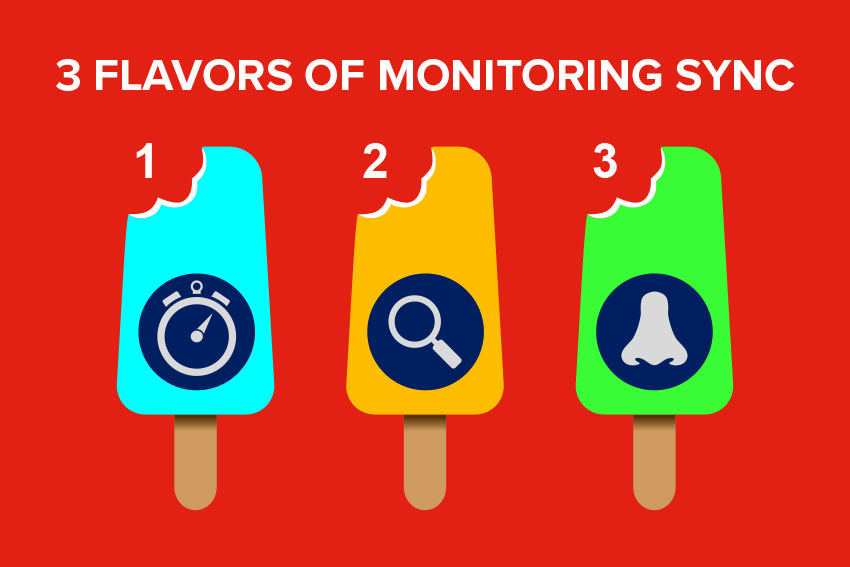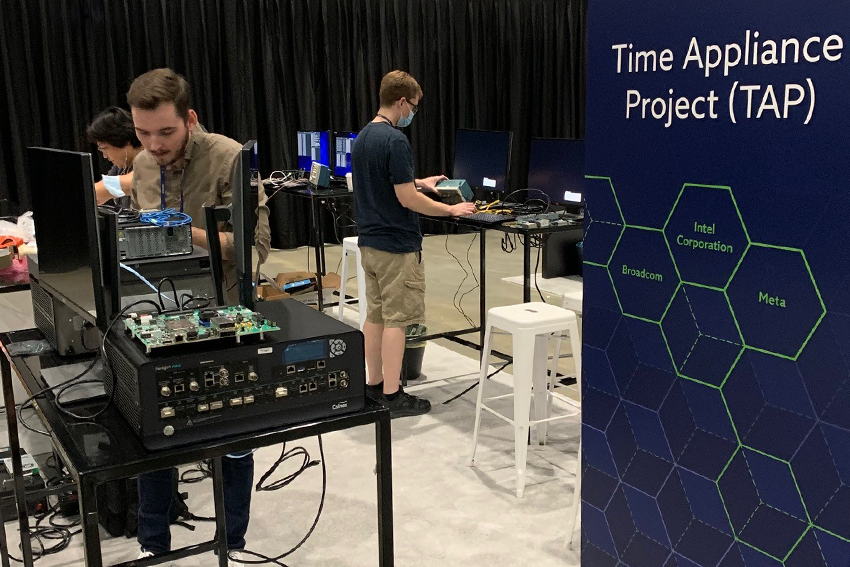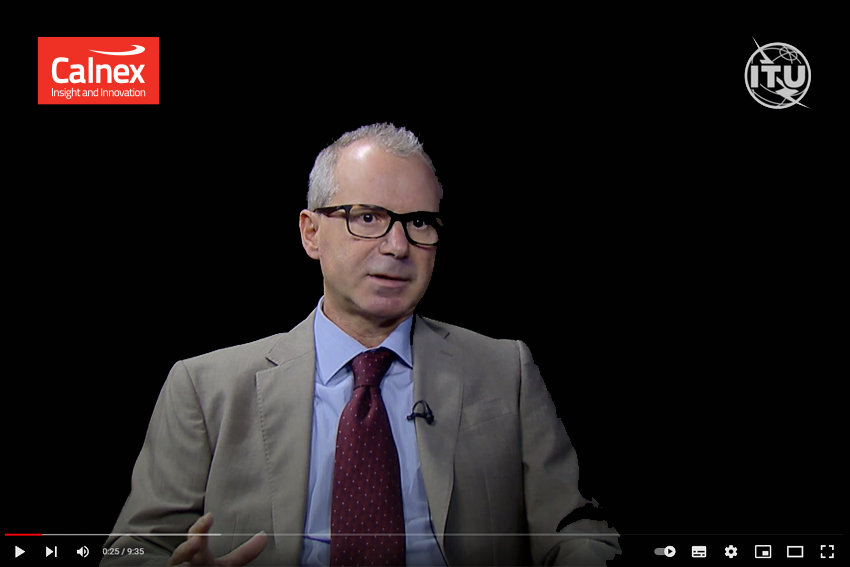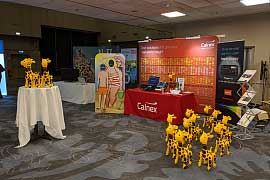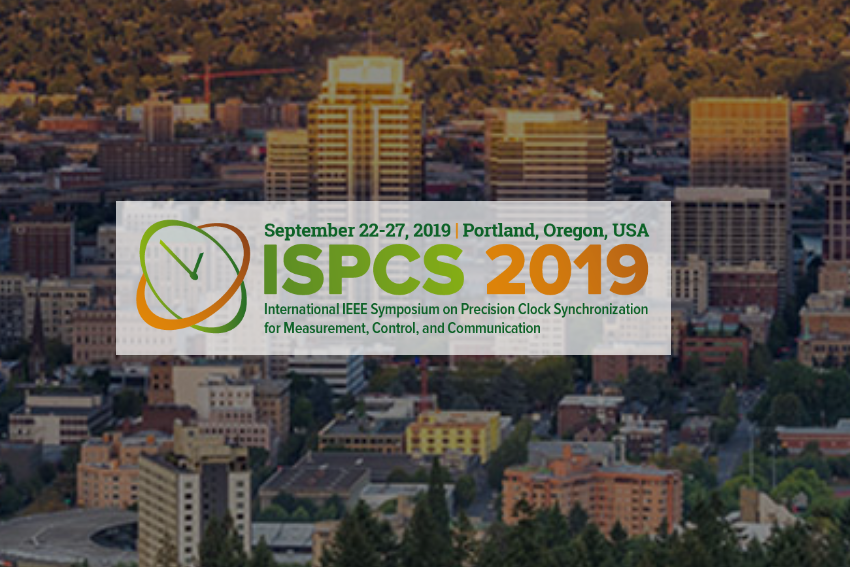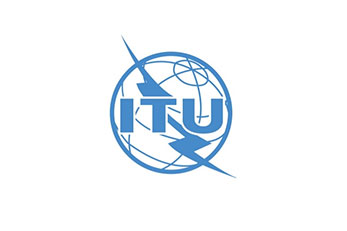The protocol for the fronthaul interface was specified in the Common Public Radio Interface (CRPI), produced by an industry consortium consisting of Alcatel-Lucent, Ericsson, Huawei, NEC and Nokia. Since CPRI is carried over a fibre connection, it was realised that this fibre might be considerably longer than the height of a tower, freeing the mobile operator from having to place the baseband unit (BBU) at the antenna location. This is particularly attractive for dense urban locations where there might be several antennas within a small area.
Deployments were created consisting of several BBUs (Baseband Units) co-located in a central office known as a “baseband hotel”, and connected to RRUs (Remote Radio Units) using CPRI over dark fibre. This deployment style became known as C-RAN (Centralized Radio Access Network) – not to be confused with the Cloud RAN concept, which I will cover in the next post. It simplified the backhaul networks, because several BBUs could be co-located together and served by a common, high-bandwidth connection. It also simplified synchronization, because all these BBUs could be served by the same time and frequency reference, guaranteeing accurate synchronization.

Provided the latency of the fibre connection to the RRUs was known accurately, the baseband units could schedule transmission of the radio frames such that at each antenna (the timing reference point), the radio frames would align with those from other antennas. Synchronization then becomes more of a latency management issue rather than a distributed network synchronization problem.
The downside of the C-RAN architecture was that the fronthaul connections themselves required dark fibre. This is costly to install, and prevents sharing of fibres. Secondly, the CPRI protocols limit the maximum distance between the BBU and RRU to a few kilometres, which reduces the economies of scale provided by the baseband hotel concept. Therefore the original C-RAN concept didn’t see much take-up for LTE deployments.
Keep a lookout for my follow-up blogs, appearing weekly.
- Networking the fronthaul.
- Synchronization requirements for fronthaul.
- Synchronization methods in fronthaul.
- Testing synchronization in fronthaul.

